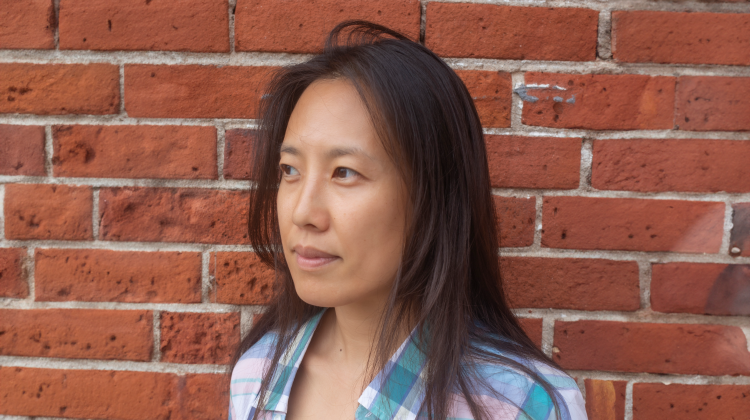Jean Shon

Critique was such an integral part of architecture school, and it’s the same in art. Learning to give and receive feedback is essential, and it’s something I emphasize in my teaching.
What is your career story? How did you get where you are today?
My path has been pretty convoluted. Right now, I’m an Assistant Professor at Florida State University in the Department of Art, focusing on the foundations program. This is my first year teaching here.
After graduating from MIT, I didn’t want to pursue architecture, so I tried a variety of jobs in different industries. I worked in retail design and project management, nonprofit work, and advertising. Over time, I became more invested in being an artist. I realized that making art tapped into the same creative energy I had at MIT.
I eventually worked at an art school on the administrative side, and that’s where I started taking art classes myself. This led me to decide to pursue grad school in art at UC Irvine. I took a long break—12 years—between undergrad and grad school, but that life experience has been really valuable for what I do now.
After grad school, I didn’t plan to teach, but I fell into it because it felt stable. My practice isn’t focused on selling work, so I wanted a job that would provide a reliable schedule while giving me the flexibility to participate in artist residencies. I’ve done several, including one that lasted nearly a year and others that were shorter, like 2-6 weeks. Before this full-time position, I was adjuncting and had a Visiting Assistant Professor position.
What were the biggest skills/mindsets/approaches you took away from your architecture education?
The structure of my studio classes at MIT closely mirrors how I approach teaching now. In both architecture and art, you’re given a project with specific constraints, and then you have the freedom to create within that framework.
I try to make my classes open-ended while still providing enough structure. I teach the technical skills and demonstrate techniques, but then I give my students time to work on their own projects. The goal is to allow them to be creative instead of just following the assignment as written.
Critique was such an integral part of architecture school, and it’s the same in art. Learning to give and receive feedback is essential, and it’s something I emphasize in my teaching.
What do you wish you had learned in your architecture education?
I wish we had been exposed to more options for what we could do with a design education. Something like a seminar or a one-time meeting to show us the different paths available would’ve been so helpful.
For example, I knew I didn’t want to work at a firm because my internship experiences were not creative—I was mostly using AutoCAD and moving things around. It felt like I was just doing what I was told, putting in time until I could move up. The dream of designing and building my own projects felt so far removed from the reality of working with so many other people.
If there had been a way to make the work feel more practical or show how those steps would actually lead to something tangible, I might’ve felt more connected to the process.
Knowing what you know now, would you do undergrad/grad differently?
I probably would’ve still studied architecture, but I would have sought more experiences outside of school. I didn’t study abroad, and I really wish I had.
While I did internships and a UROP, creative fields require you to look beyond what’s offered in the classroom. Coming from a small town, I didn’t know how to look for outside opportunities, and I felt like I was a little behind compared to my peers.
I would’ve also taken classes in other departments, like creative writing or something more interdisciplinary. I was scared to branch out, but now I realize how valuable those experiences would’ve been.
What advice do you have for students starting out in design?
It’s easy to say, “Think outside the box,” but it’s so important to push past your own assumptions. For example, I once designed a building with windows that were sectioned off because that’s what I had seen growing up. My professor asked, “Why did you design the windows like this?” and I said, “That’s just how windows are.” They replied, “The whole wall can be glass, or the windows can be completely different.” That moment expanded my perspective—I realized that I needed to actively break down mental barriers.
If you’re in design, don’t be afraid to dream big. I loved my time at MIT and have no regrets about going there, but I wish I had thought more expansively about what was possible.


